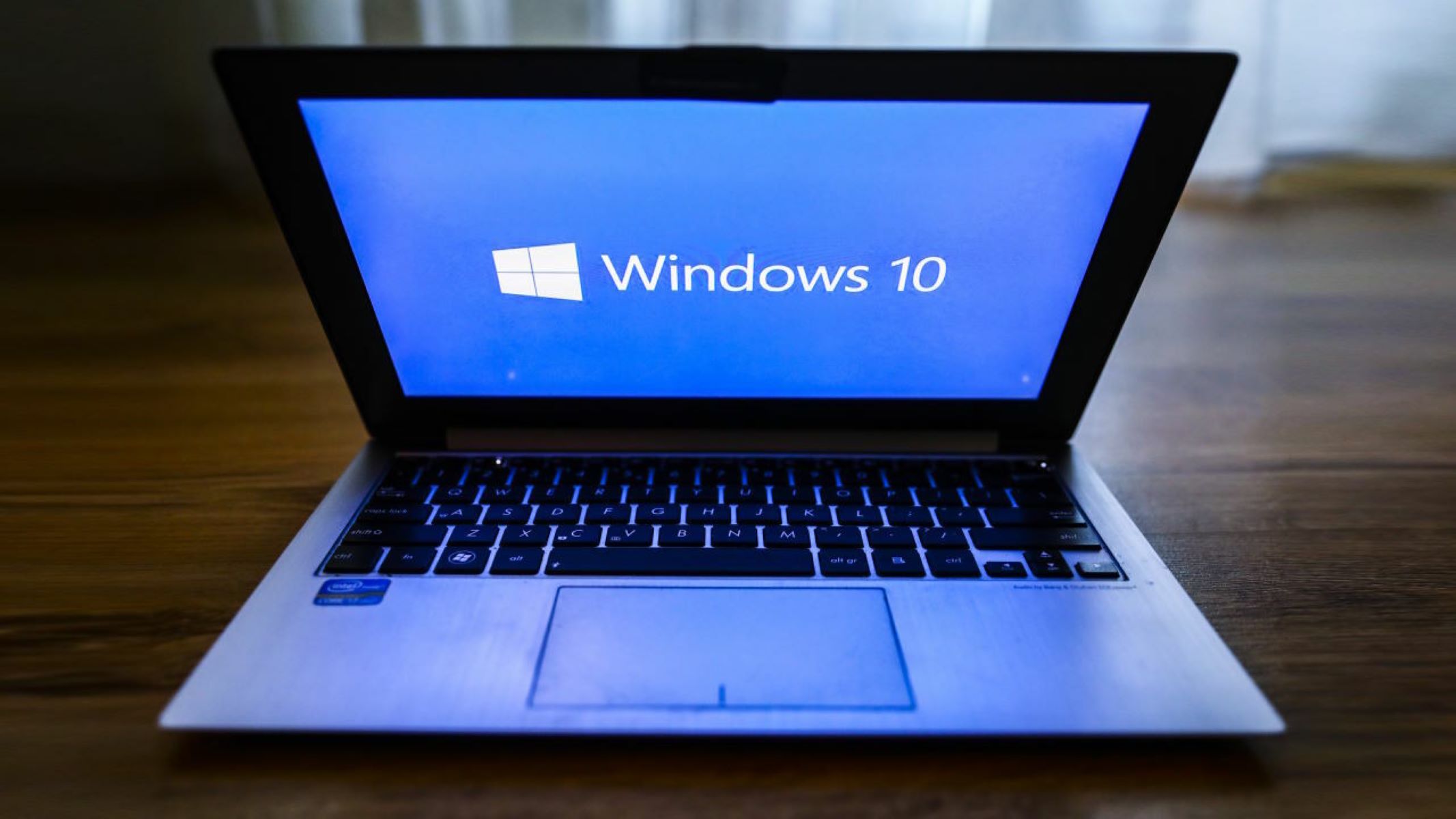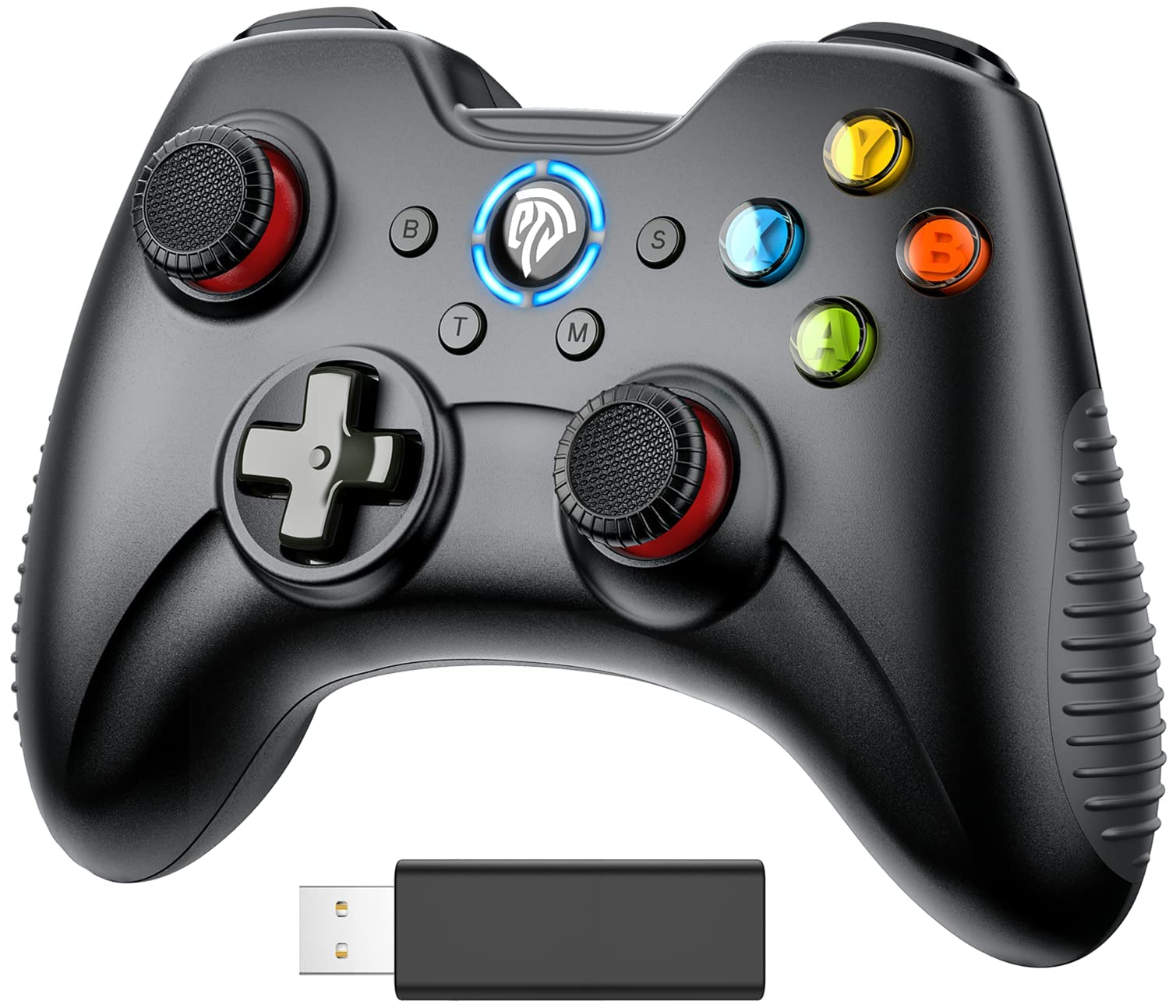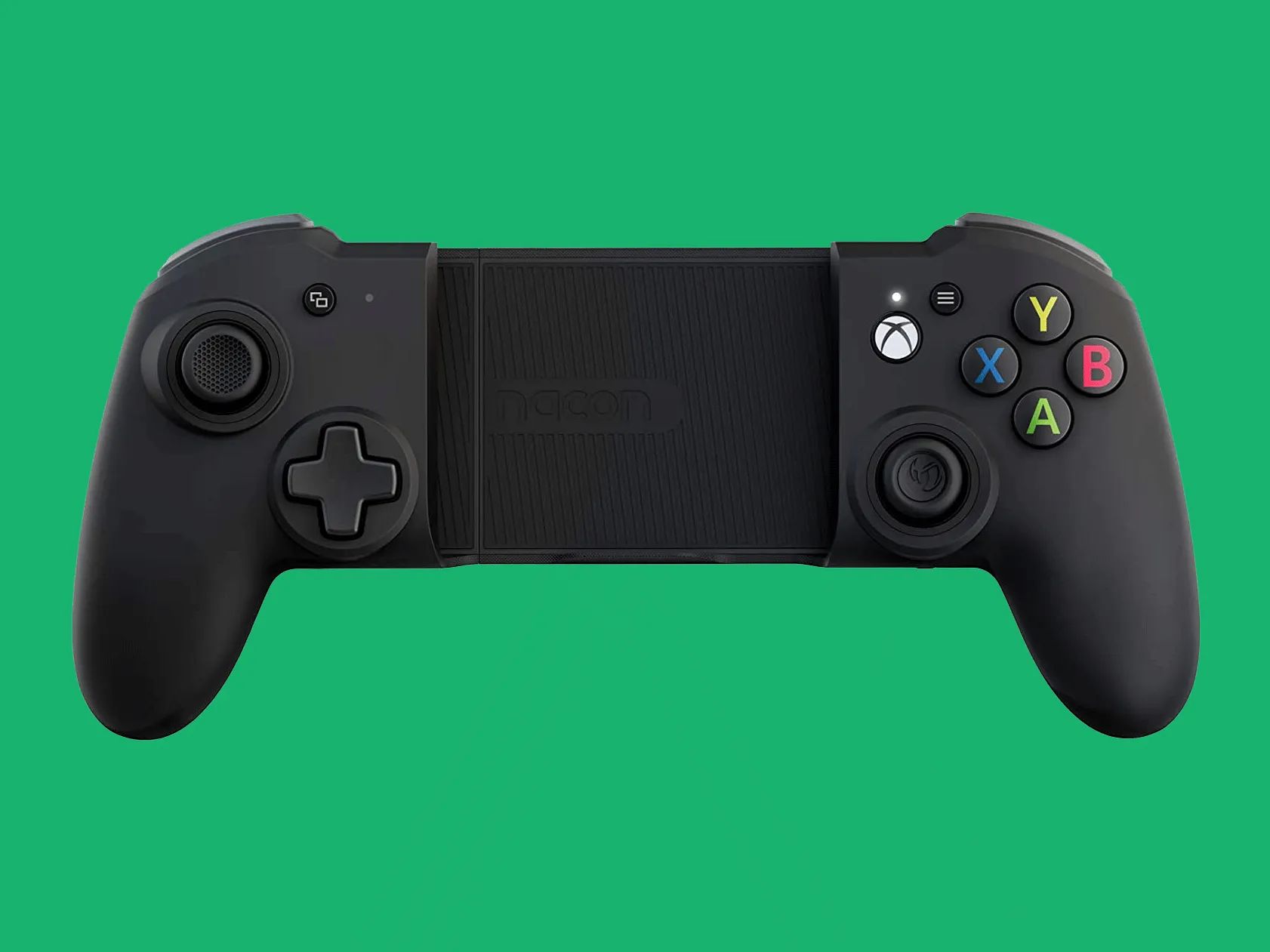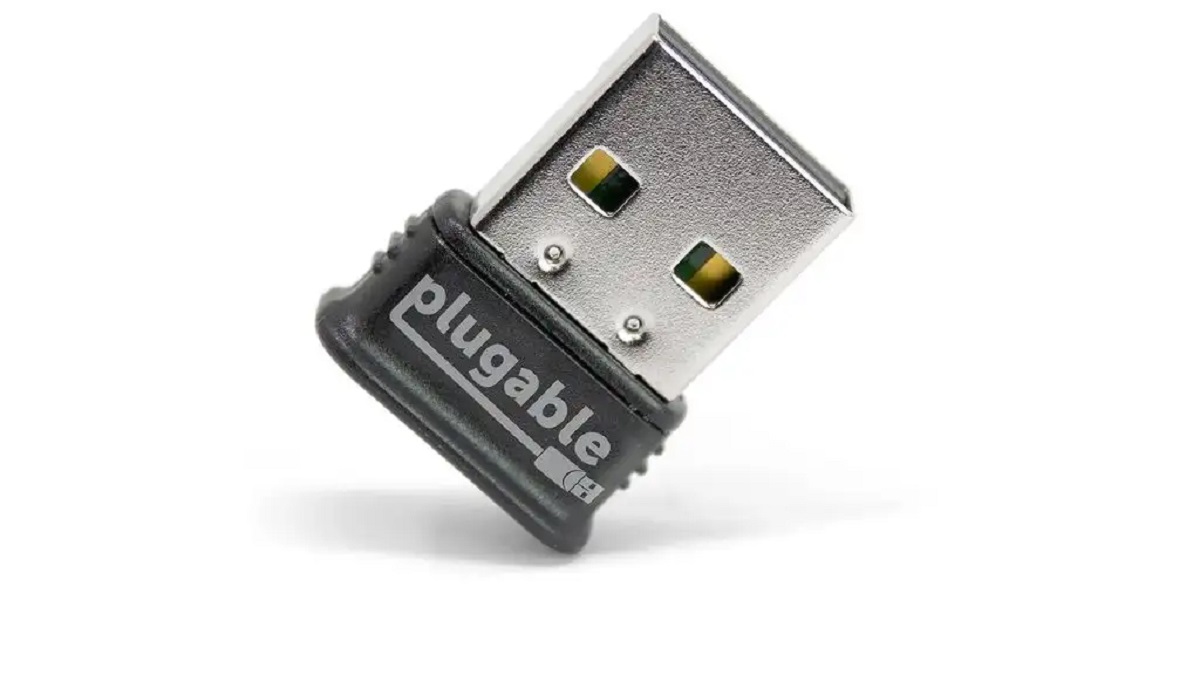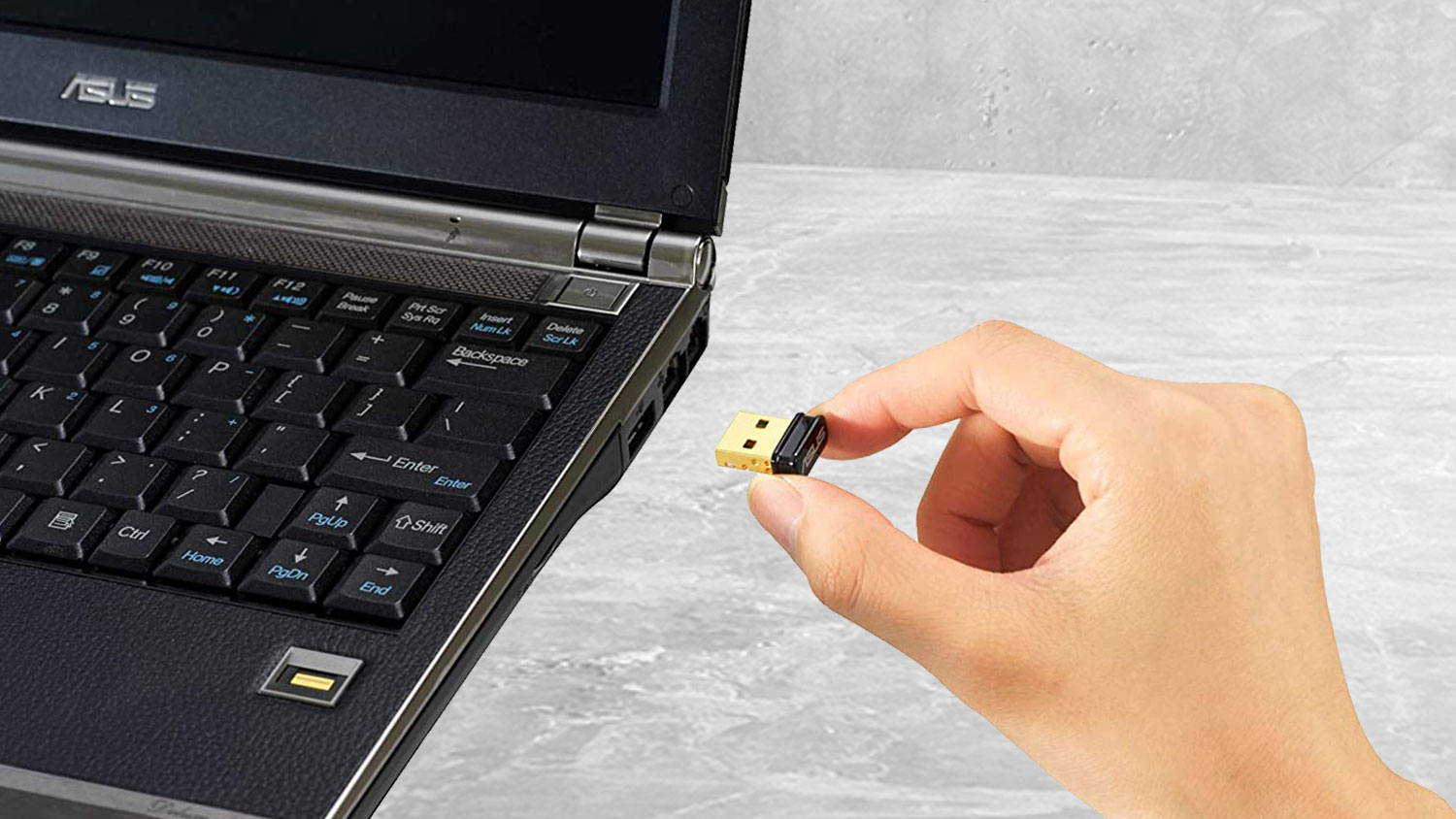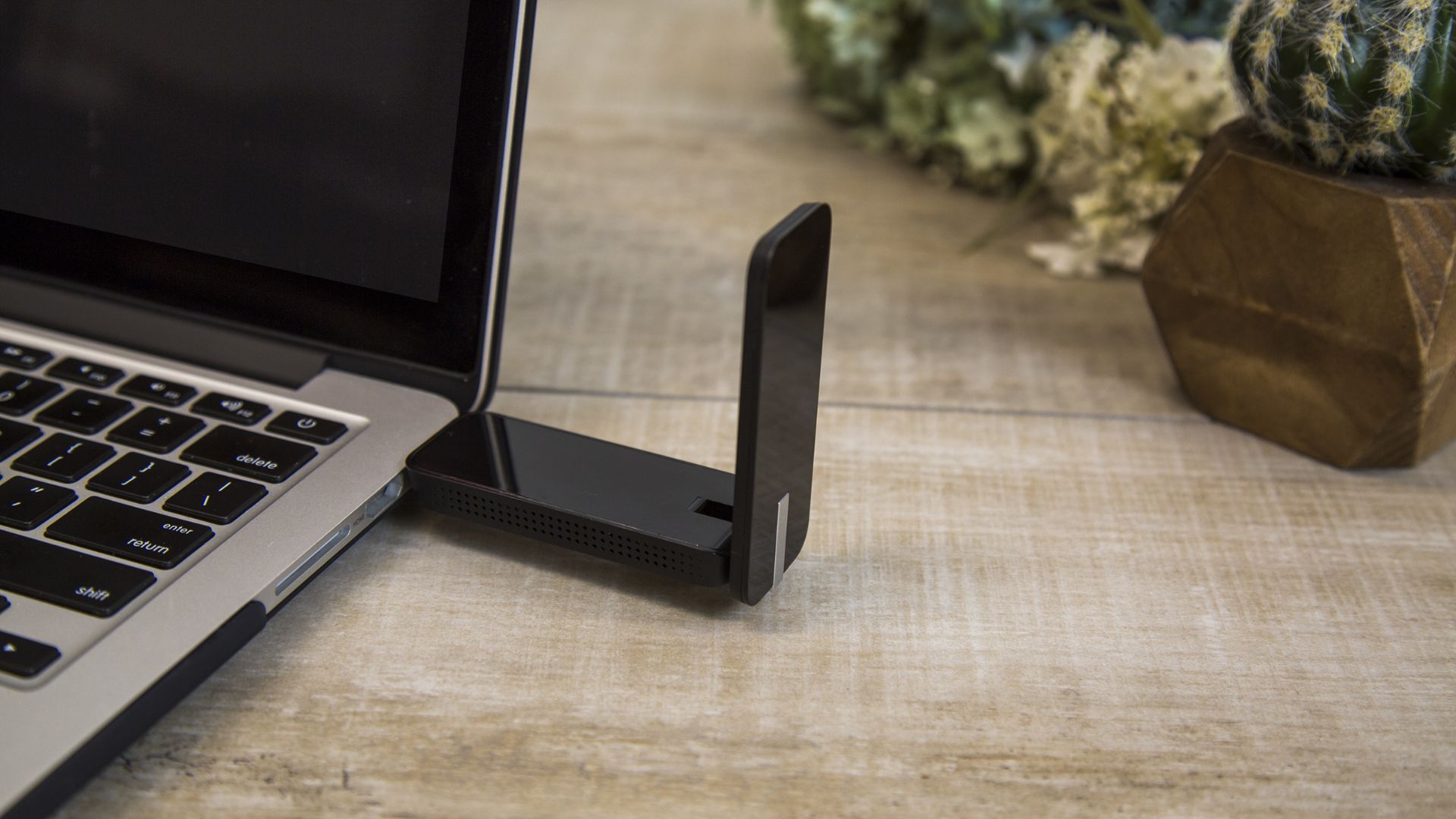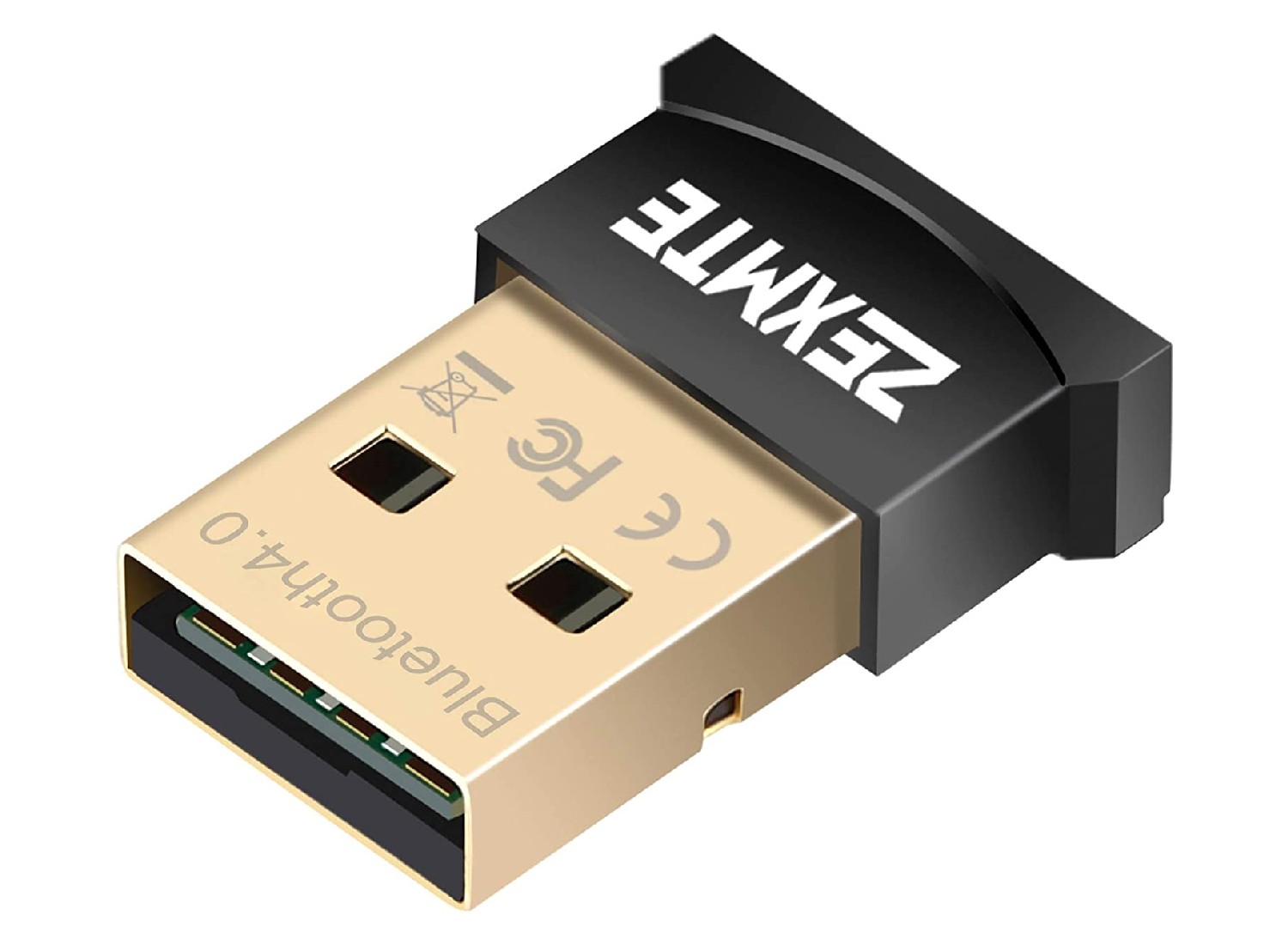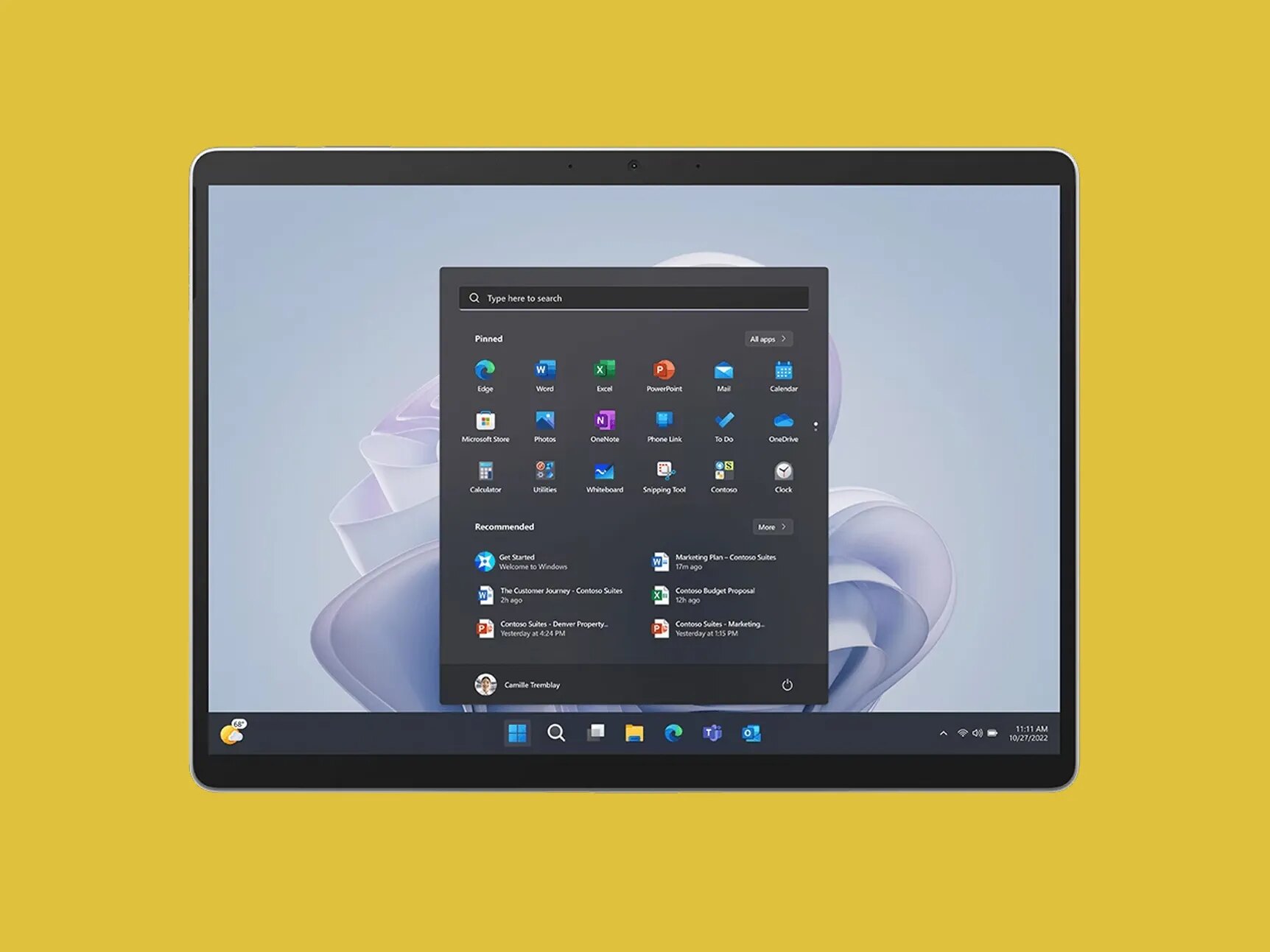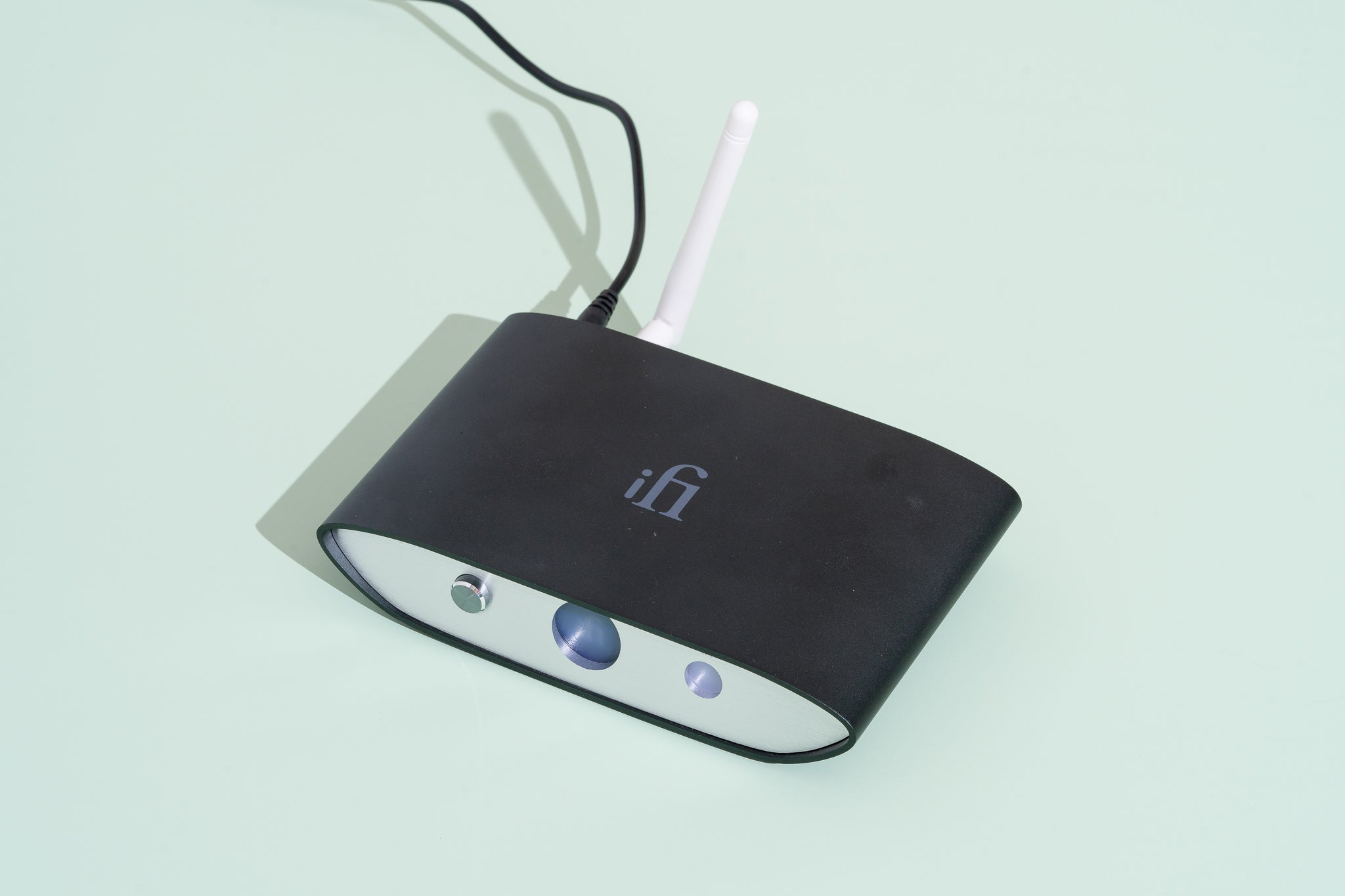Introduction
Windows 10, the latest operating system released by Microsoft, has become one of the most popular choices for computer users worldwide. With its user-friendly interface, enhanced features, and improved security measures, Windows 10 has undoubtedly won the hearts of many. However, as with any operating system, there is a timeline for how long it will be supported by its developer. Understanding the lifecycle of Windows 10 and its support duration is crucial for users who want to ensure the stability and security of their devices.
In this article, we will delve into the intricacies of the Windows 10 support timeline, explore the different phases of support, and discuss the implications of the end of support for Windows 10. Whether you are a home user or a business owner, understanding the support lifecycle of Windows 10 will help you make informed decisions regarding your computer’s operating system.
It’s worth noting that Microsoft has transitioned to a “Windows as a Service” model for Windows 10, which means that updates and new features are regularly released to improve the operating system. This approach ensures that users receive ongoing improvements and fixes, but it also implies a different approach to the traditional support lifecycle of previous Windows versions.
The Lifecycle of Windows 10
The lifecycle of Windows 10 consists of various phases that outline the support and updates provided by Microsoft. These phases include the Mainstream Support phase and the Extended Support phase. Let’s take a closer look at each of these phases and what they entail.
1. Mainstream Support Phase: This phase is the initial period in which Windows 10 receives full support from Microsoft. During this phase, Microsoft provides regular updates, bug fixes, security patches, and feature enhancements to ensure the operating system’s performance and security. Additionally, Microsoft offers free technical support to help users with any issues they may encounter.
2. Extended Support Phase: Once the Mainstream Support phase ends, Windows 10 enters the Extended Support phase. During this phase, Microsoft continues to release critical security updates to ensure the integrity and safety of the operating system. However, non-security updates, such as feature enhancements, are no longer provided. Additionally, paid support options may be available for organizations that require assistance beyond the standard support provisions.
It’s important to note that the duration of each phase may vary for different Windows 10 versions and editions. Microsoft typically provides a minimum of 10 years of support for each major release of Windows 10, which includes a combination of Mainstream Support and Extended Support. However, specific support end dates may differ based on the release date and edition of Windows 10.
During both the Mainstream Support and Extended Support phases, Microsoft encourages users to keep their Windows 10 devices up to date with the latest updates and security patches. This ensures that users benefit from the latest advancements in performance, stability, and security throughout the lifecycle of Windows 10.
In the next sections, we will explore the support lifecycles for different editions of Windows 10 and highlight the key differences between them. It’s essential to understand these variations to determine the support duration for your specific edition of Windows 10.
Mainstream Support Phase
The Mainstream Support phase is the initial period of support that Windows 10 receives from Microsoft. During this phase, Microsoft provides comprehensive support, including regular updates, bug fixes, security patches, and feature enhancements. Let’s take a closer look at what users can expect during the Mainstream Support phase of Windows 10.
1. Regular Updates: Microsoft releases regular updates for Windows 10, including both security updates and non-security updates. These updates are essential for maintaining the stability and performance of the operating system. By regularly installing these updates, users can benefit from the latest bug fixes, performance optimizations, and new features introduced by Microsoft.
2. Bug Fixes: Throughout the Mainstream Support phase, Microsoft actively identifies and resolves bugs and issues that are reported by users. These bug fixes are crucial for ensuring the smooth functioning of Windows 10. By addressing these issues promptly, Microsoft provides a more reliable and streamlined user experience for Windows 10 users.
3. Security Patches: Security is a top priority for Microsoft, especially during the Mainstream Support phase. Microsoft continually releases security patches and updates to protect Windows 10 users from emerging threats and vulnerabilities. By regularly installing these security updates, users can keep their devices protected against potential security risks.
4. Feature Enhancements: Microsoft aims to improve the user experience of Windows 10 by introducing new features and enhancements during the Mainstream Support phase. These feature updates may bring performance improvements, new functionalities, and visual enhancements to the operating system. By embracing these updates, users can take advantage of the latest innovations offered by Microsoft.
It’s important to note that the duration of the Mainstream Support phase may vary for different editions and versions of Windows 10. Typically, Microsoft provides a minimum of five years of Mainstream Support for each major release of Windows 10. However, the exact timeline may differ based on the specific edition and release date of Windows 10.
During the Mainstream Support phase, Microsoft also offers free technical support to assist users with any issues they may encounter. Whether it’s troubleshooting hardware or software problems, Microsoft’s support team is there to guide users and provide solutions to ensure a smooth Windows 10 experience.
In the next section, we will explore the Extended Support phase of Windows 10, which follows the Mainstream Support phase. Understanding the differences between these phases is essential for users to manage the lifecycle of their Windows 10 devices effectively.
Extended Support Phase
The Extended Support phase is the second phase of support for Windows 10 that follows the Mainstream Support phase. During this phase, Microsoft continues to provide support to ensure the security and stability of the operating system. Although non-security updates and feature enhancements are no longer released, critical security updates are still provided. Let’s explore what users can expect during the Extended Support phase of Windows 10.
1. Critical Security Updates: Microsoft remains committed to protecting Windows 10 users during the Extended Support phase by releasing critical security updates. These updates are crucial for addressing any known security vulnerabilities and protecting devices from potential threats. It is essential for users to regularly install these security updates to keep their systems secure and protected.
2. Hardware Compatibility: During the Extended Support phase, Microsoft focuses on maintaining compatibility with existing hardware and peripherals. While new features and enhancements may not be introduced, Microsoft ensures that Windows 10 remains compatible with a wide range of devices. This ensures that users can continue to use their existing hardware with confidence and without encountering compatibility issues.
3. Existing Support Options: While free technical support may not be available during the Extended Support phase, users can still access support options provided by Microsoft. Additionally, organizations that require personalized support beyond the standard provisions can explore paid support options. These options provide assistance with troubleshooting, configuration, and deployment of Windows 10 in enterprise environments.
It’s important to note that the duration of the Extended Support phase may vary depending on the edition and release date of Windows 10. Microsoft typically provides a minimum of five years of Extended Support for each major release of Windows 10. However, the specific timeline may differ based on the edition and the date of release.
It is recommended that users upgrade to the latest version of Windows 10 before the end of the Extended Support phase. By doing so, users can benefit from the latest features, enhancements, and security updates provided by Microsoft. Upgrading to a newer version of Windows 10 ensures a seamless and secure computing experience.
In the next section, we will explore the support lifecycles for different editions of Windows 10 and highlight the key differences between them. Understanding these variations will help users better plan for and manage the support lifecycle of their specific edition of Windows 10.
Windows 10 Versions and Support Lifecycles
Windows 10 is available in various editions, each catering to different user requirements. These editions include Windows 10 Home, Windows 10 Pro, Windows 10 Enterprise, and Windows 10 Education. Understanding the support lifecycles for each edition is crucial for users to determine the duration of support for their specific version of Windows 10.
1. Windows 10 Home and Pro Editions Support: Microsoft provides a minimum of 10 years of support for the Home and Pro editions of Windows 10. This support includes a combination of Mainstream Support and Extended Support phases. During the Mainstream Support phase, regular updates, bug fixes, security patches, and feature enhancements are provided. The Extended Support phase focuses primarily on critical security updates. It’s important to note that the exact support end dates may vary based on the release date of the specific version of Windows 10.
2. Windows 10 Enterprise and Education Editions Support: The Enterprise and Education editions of Windows 10 follow a different lifecycle compared to the Home and Pro editions. These editions follow the same 10-year support period but align their lifecycles with the Long-Term Servicing Channel (LTSC). The LTSC releases are intended for devices that require long-term stability and do not require frequent feature updates. Additionally, the LTSC versions receive extended support, which means the support length can exceed the standard 10-year period. However, feature updates are only released every two to three years for LTSC versions.
It’s important for users to understand the differences between the different editions of Windows 10 and their support lifecycles. This knowledge allows users to plan their device upgrades and ensure they are utilizing a version that aligns with their specific needs.
Furthermore, it is important to keep in mind that Microsoft encourages users to stay up to date with the latest version of Windows 10. By upgrading to the latest version, users can benefit from the latest features, performance enhancements, and security updates provided by Microsoft. Regular updates not only improve the overall user experience but also ensure the highest level of protection against potential security vulnerabilities.
In the next section, we will discuss the importance of supported hardware and compatibility to ensure a smooth and efficient Windows 10 experience. Understanding hardware compatibility is crucial for users to make informed decisions when it comes to upgrading their devices or installing Windows 10 on new hardware.
Windows 10 Home and Pro Editions Support
Windows 10 Home and Pro are two of the most commonly used editions of the Windows 10 operating system. Understanding the support lifecycles for these editions is essential for users who want to ensure the longevity and reliability of their Windows 10 devices.
Microsoft provides a minimum of 10 years of support for both Windows 10 Home and Pro editions, spanning across the Mainstream Support and Extended Support phases. During the Mainstream Support phase, users can expect regular updates, bug fixes, security patches, and feature enhancements to be delivered by Microsoft. These updates aim to enhance the performance, stability, and security of the operating system, providing a seamless and efficient user experience.
Once the Mainstream Support phase ends, Windows 10 enters the Extended Support phase. While non-security updates and feature enhancements are no longer released, critical security updates are still provided to ensure the protection of Windows 10 devices. By regularly installing these security updates during the Extended Support phase, users can safeguard their devices against potential security threats and vulnerabilities.
It’s important to note that the exact support end dates for Windows 10 Home and Pro editions may vary based on the specific version and release date of Windows 10 that is being used. Microsoft typically provides a minimum of 10 years of support for each major release of Windows 10. However, it is recommended that users stay updated with the latest version of Windows 10 to benefit from the enhancements, features, and security improvements offered by Microsoft.
During the support lifecycle of Windows 10, Microsoft also offers free technical support to assist users with any issues they may encounter. This support includes help with troubleshooting, configuration, and general guidance related to Windows 10 usage. Users can access Microsoft’s support resources, including knowledge bases, community forums, and live chat services, to find solutions and get assistance with their Windows 10 devices.
In addition to Microsoft’s support offerings, there are also various online communities, forums, and user groups where Windows 10 users can find help and advice from fellow users. These communities can provide additional support and assistance, allowing users to gain insights and share experiences related to the Windows 10 platform.
By staying informed about the support lifecycles and taking advantage of the available support options, users of Windows 10 Home and Pro editions can ensure the longevity and optimal performance of their Windows 10 devices. Regularly updating their devices with the latest Windows 10 releases and security patches, users can enjoy a secure and reliable computing experience.
Windows 10 Enterprise and Education Editions Support
Windows 10 Enterprise and Education editions are tailored for organizations and educational institutions, respectively, offering additional features and management capabilities. The support lifecycles for these editions differ from the Windows 10 Home and Pro editions, aligning with the Long-Term Servicing Channel (LTSC) releases and providing extended support options.
Microsoft provides a minimum of 10 years of support for both Windows 10 Enterprise and Education editions. These editions follow the Long-Term Servicing Channel (LTSC) model, which is designed for devices that do not require frequent feature updates and prioritize stability and compatibility.
During the support lifecycle, LTSC versions of Windows 10 receive less frequent feature updates compared to the mainstream versions. Instead, feature updates are released every two to three years, focusing on stability, performance, and compatibility. This approach ensures that organizations and educational institutions can maintain a stable and consistent computing environment.
Additionally, LTSC versions of Windows 10 receive extended support beyond the standard 10-year period, providing organizations and educational institutions with further options for support and maintenance. Extended support for LTSC releases includes security updates and can extend beyond the standard lifecycle to accommodate specific needs and requirements.
It’s important to note that while LTSC versions provide longer support periods, they may lack some of the newer features and improvements found in the mainstream versions. Organizations and educational institutions should carefully evaluate their requirements and determine whether the LTSC edition is appropriate for their specific needs.
Support options for Windows 10 Enterprise and Education editions are robust, with paid support options available for organizations that require personalized assistance beyond the standard provisions. These options offer additional guidance, troubleshooting, and deployment assistance for enterprises and educational institutions during the support lifecycle.
By staying up to date with the latest supported version within the LTSC releases, organizations and educational institutions can benefit from improved security, stability, and compatibility while minimizing potential disruptions resulting from frequent feature updates. Regularly updating to the latest LTSC version ensures ongoing support and access to critical security patches and updates.
In summary, Windows 10 Enterprise and Education editions offer extended support options and align with the Long-Term Servicing Channel (LTSC), catering to organizations and educational institutions that prioritize stability and compatibility. By understanding the support lifecycles and choosing the appropriate edition, organizations and educational institutions can ensure a secure and reliable computing environment throughout the lifecycle of Windows 10.
Supported Hardware and Compatibility
Ensuring hardware compatibility is a crucial aspect of maintaining a smooth and efficient Windows 10 experience. Microsoft provides specific hardware requirements for installing and running Windows 10, and it is important for users to understand these requirements to ensure compatibility and optimal performance.
Windows 10 is designed to run on a wide range of hardware configurations, from desktop computers to laptops, tablets, and even mobile devices. However, it is recommended to check the system requirements provided by Microsoft before installing or upgrading to Windows 10.
Some of the key hardware requirements for Windows 10 include having a compatible processor, sufficient memory (RAM), available storage space, and a graphics processor that supports DirectX 9 or later with a WDDM driver. Additionally, certain features and functionalities of Windows 10 may require additional hardware capabilities, such as a touch-compatible display for touch-based interactions or a microphone for voice commands.
It’s important to note that as hardware evolves, Microsoft may release new versions of Windows 10 that require more advanced hardware configurations. Therefore, while older hardware may be compatible with earlier versions of Windows 10, it may not meet the requirements for newer releases. Users should regularly check Microsoft’s website or documentation for any updates regarding hardware requirements to ensure compatibility and to take advantage of the latest features and improvements.
In addition to hardware compatibility, it’s critical to consider software compatibility as well. Windows 10 is designed to be compatible with a wide range of software applications. However, it’s possible that certain older or specialized software may encounter compatibility issues with newer versions of Windows 10. Before upgrading to a new version of Windows 10, it is advisable to check the software vendor’s website or support resources to ensure that the necessary updates or patches are available to make the software compatible with the new operating system.
For businesses and organizations, it is particularly important to ensure the compatibility of hardware and software across their entire IT infrastructure. By thoroughly testing hardware and software compatibility before deploying Windows 10 across an organization, potential issues can be identified and resolved, minimizing disruptions and ensuring a smooth transition to the new operating system.
Ultimately, by maintaining supported hardware configurations and ensuring compatibility with software applications, users can maximize the performance, stability, and security of their Windows 10 devices. Regularly updating hardware drivers and software applications, as well as staying informed about evolving hardware and software requirements, are key steps in achieving a seamless and efficient Windows 10 experience.
What Happens When Support Ends?
When the support for a specific version of Windows 10 comes to an end, it is important for users to understand the implications and potential impact on their devices. Here are some key points to consider when Windows 10 reaches the end of its support lifecycle:
1. No More Updates: Once support ends, Microsoft will no longer release updates, bug fixes, security patches, or feature enhancements for that particular version of Windows 10. This leaves the device vulnerable to potential security threats and may result in compatibility issues with newer software applications and hardware peripherals.
2. Reduced Security: Without the regular security updates provided during the support period, users risk exposing their devices to security vulnerabilities. Hackers and cybercriminals constantly evolve their techniques, making it essential to have the latest security patches to protect against new threats. Devices running unsupported versions of Windows 10 may become targets for attacks.
3. Loss of Technical Support: After the end of support, users can no longer receive free technical support from Microsoft. This includes assistance with troubleshooting, resolving software issues, or guidance on using Windows 10. Without access to official support, users may have to rely on online communities or third-party support options, which may come at an additional cost.
4. Compatibility Challenges: As newer software applications and hardware peripherals are developed, they may not be designed to be compatible with older versions of Windows 10 that are no longer supported. This can lead to compatibility issues and limited access to new features or functionality offered by these applications or peripherals.
To mitigate the risks and ensure a smooth transition, it is recommended to upgrade to a supported version of Windows 10 before the end of support. By upgrading to the latest version, users can benefit from the latest security updates, bug fixes, and feature enhancements provided by Microsoft. It also ensures compatibility with newer software applications and hardware peripherals, offering an optimal and secure computing environment.
It’s important to note that upgrading to a new version of Windows 10 may require hardware upgrades, especially if older hardware does not meet the minimum requirements for the new version. Additionally, it is essential to back up all important files and data before performing an upgrade to avoid any potential data loss.
By taking proactive steps to upgrade to a supported version of Windows 10, users can ensure the security, stability, and continued usability of their devices. Regularly staying updated with the latest supported version of Windows 10 enables users to take advantage of new features, improved performance, and enhanced security measures offered by Microsoft.
Conclusion
Understanding the support lifecycle of Windows 10 is crucial for users who want to ensure the stability, security, and compatibility of their devices. By knowing the different phases of support, such as the Mainstream Support and Extended Support, users can make informed decisions about their Windows 10 installations and plan for necessary upgrades or migrations.
Windows 10 Home and Pro editions receive a minimum of 10 years of support, consisting of regular updates, bug fixes, security patches, and feature enhancements during the Mainstream Support phase. The Extended Support phase focuses primarily on critical security updates. On the other hand, Windows 10 Enterprise and Education editions follow the Long-Term Servicing Channel (LTSC) model, with longer support periods and fewer feature updates.
Hardware compatibility is essential for a seamless Windows 10 experience. Users should ensure that their devices meet the minimum hardware requirements and regularly update hardware drivers to maintain optimal performance. Software compatibility is also important to ensure that applications work smoothly on Windows 10.
When support for a specific version of Windows 10 ends, users should upgrade to a supported version to continue receiving updates, security patches, and technical support from Microsoft. Upgrading to the latest version of Windows 10 also ensures compatibility with new software applications and hardware peripherals.
To stay informed about the support lifecycles and latest updates for Windows 10, users can regularly check the Microsoft website, official documentation, and community forums. By being proactive and staying up to date with the latest supported version of Windows 10, users can enjoy a secure, reliable, and feature-rich computing environment.
In conclusion, understanding the lifecycle and support duration of Windows 10, as well as ensuring hardware and software compatibility, is essential for maintaining an optimal Windows 10 experience. By staying informed and taking the necessary steps to upgrade and stay updated, users can enjoy the benefits of a secure and modern operating system that meets their specific needs.







